By Lesley WJ Nernberg, Lighthouse Agri-Solutions and Matthew Clark, FeedGuys Resources
In the highly competitive animal feed industry, making informed decisions about ingredient sourcing is crucial to maintaining profitability and product quality. As marketers of northern soybeans and soybean meal, we often encounter misconceptions about soybean meal quality and pricing – leading to decisions based solely on cost and potentially overlooking the true value of premium ingredients.
By introducing a strategic approach that aligns purchasing and nutrition departments of feed manufacturers, this may offer a fresh perspective on the overall benefits of northern soybean meal, meanwhile enhancing their ingredient selection process. Our aim is to show that management direction of the overall purchasing process makes a difference to profitability.
The price-protein pitfall
Many feed manufacturers base their soybean meal purchasing decisions primarily on two factors: price and crude protein (CP) content. While these are important considerations, they don’t tell the whole story of an ingredient’s inherent value. This narrow focus can lead to suboptimal purchasing dynamics and missed opportunities for improved feed quality, reduced feed price and loss of potential animal performance.
Northern US soybean meal: A valuable feed ingredient
Soybean meal from the northern United States offers a superior nutrient profile that can pay dividends for feed manufacturers. Some of the known advantages are as:
- Elevated amino acid profile – particularly the digestible amino acid content
- Higher energy content – higher levels of sucrose and lower fiber leads to increase in energy (AMEn) for poultry
- Consistent quality – optimal growing conditions and processing methods results in high-quality product
By recognizing and leveraging these attributes, integrators and feed manufacturers can optimize their formulations, potentially reducing overall feed costs or improving animal performance. Ultimately, the strategic incorporation of northern U.S. soybean meal into feed formulations can lead to substantial dividends, positioning forward-thinking companies at the forefront of the industry in terms of both product quality and economic efficiency.
Conflicting KPIs: The purchasing vs. nutrition dilemma
One of the challenges in truly optimizing feed formulation is the potential incompatibility between purchasing and nutrition department Key Performance Indicators (KPIs) of integrators or commercial feed mills. This misalignment can lead to decisions that appear cost-effective in the short term but may compromise overall feed cost, quality, and animal performance.
But how do purchasers and nutritionists at feed mills think or how are they rewarded?
Purchasing KPIs:
- Often focus on minimizing ingredient costs
- Prefer lowest-priced soybean meal – as cost per MT or cost per unit of CP
- Use simplified grain and oilseed industry standards (e.g. crude protein, moisture, bulk density, foreign material, etc.)
Nutrition KPIs:
- Prioritize overall nutrient profile and “best cost” formulations
- Consider factors such as energy, digestible amino acids, fat, fiber and minerals
- Account for pelletability (feed manufacturing) and palatability (animal feed intake)
- Responsible for animal performance and farm profitability
Nutritionists may benefit from high quality, although more expensive ingredients, but are often constrained by purchasing department policies so an integrated economic approach is preferred.
The War Game approach: A strategic decision-making tool
To bridge this gap and make more holistic decisions, feed manufacturers can benefit from adopting a Game Theory or “War Game” approach. Game Theory is a mathematical framework for analyzing strategic decision-making in competitive situations, where the outcome of one party depends on the actions of others. In the context of the feed industry, Game Theory can be applied to optimize purchasing strategies and align the potential conflicting KPIs of purchasing departments and nutritionists.
By modeling the interactions between these departments in a simulation, feed manufacturers can identify management strategies that balance cost-efficiency with nutritional quality, leading to more informed decisions about ingredient purchases. This approach can help reconcile the purchasing department’s focus on minimizing costs with the nutritionist’s emphasis on delivering economic nutrient value, ultimately resulting in a more holistic and effective feed formulation process.
The method can involve:
- Simulating market conditions – create scenarios with varying ingredient prices and nutritional profiles
- Team-based competition – form teams representing different purchasing strategies (eg. price based vs. nutritional value)
- Formulation Challenges – develop feed formulations under various constraints, KPI’s, and market conditions
- Performance Evaluation – assess the outcomes based on feed cost, nutritional value, and simulated animal performance (potentially via animal growth modelling concepts)
- Joint Analysis and Discussion – review the results of teams to identify the most effective strategies across different market conditions and KPIs
By employing this approach, feed manufacturers and companies can obtain various benefits such as:
- Understand true value of premium ingredients, like northern U.S. soybean meal
- Align purchasing and nutrition goals for better overall profitability
- Develop more robust and adaptable sourcing strategies
- Improve team collaboration and understanding across departments
Practical application: Potential for upcoming activities and interactions
Northern Soy Marketing may uncover this concept in upcoming trade missions to Indonesia and Thailand in the months ahead in 2025. During these visits it can be a way to:
- Illustrate the nutrient profile differences and benefits of northern soybean meal
- Demonstrate the War Games scenarios to potential buyers
- Provide hands-on workshop environment for feed formulators and purchasers
- Share case studies and examples highlighting the potential success of such approach
- Offer tailored consultations to help companies implement this strategy
Holistic approach: A win-win for overall company profitability
By looking beyond price and crude protein metrics and considering the full nutritional value of northern U.S. soybean meal, feed manufacturers can unlock new levels of efficiency and profitability. The War Game approach offers a practical method to evaluate purchasing decisions in a more comprehensive manner, aligning the goals of different departments and ultimately benefiting the entire organization as an end user of soybean meal.
We invite you to explore this innovative approach and discover how northern U.S. soybean meal can enhance your feed formulations and bottom line.


